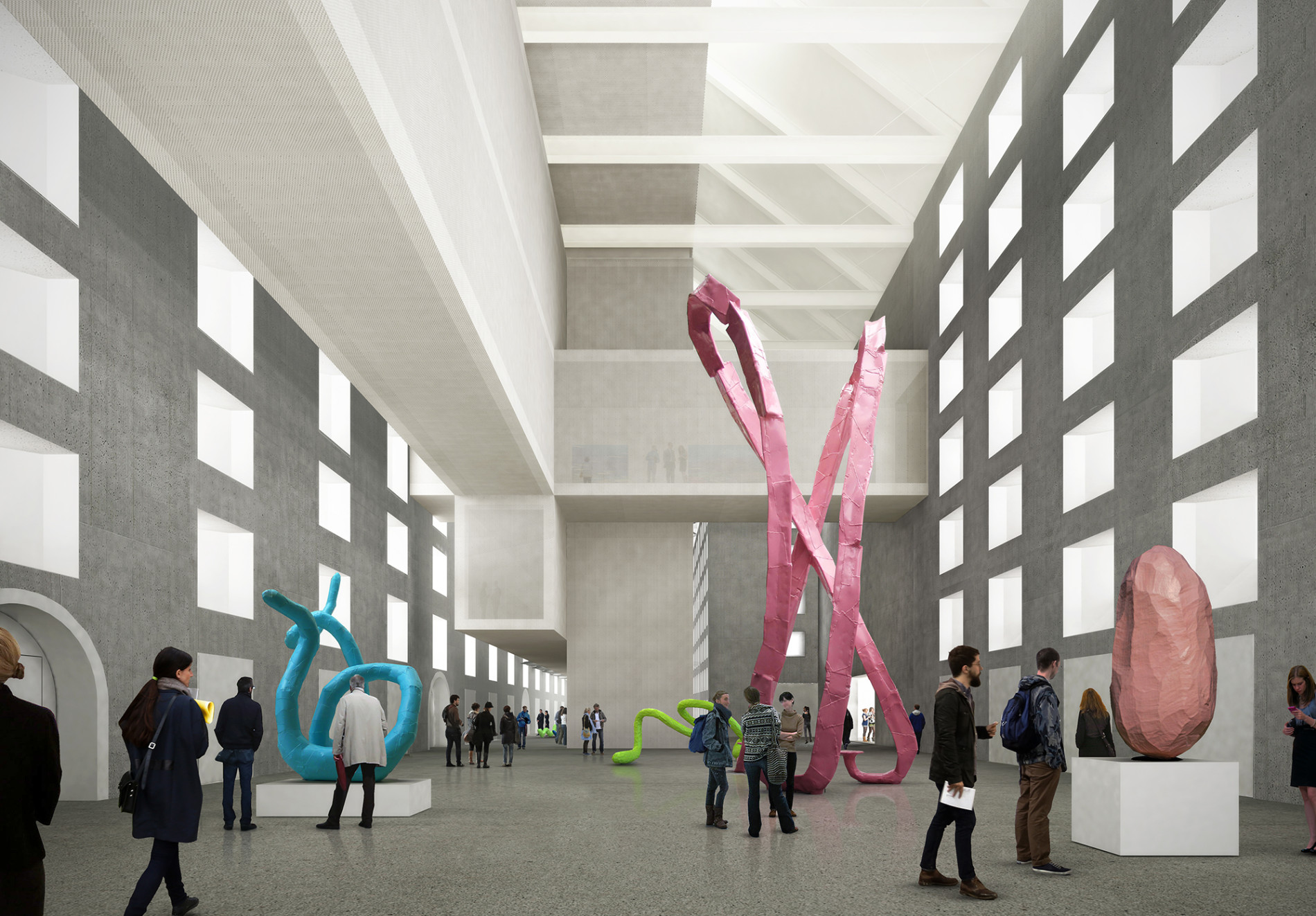New projects: Gallery and special event venue 'Cukrarna'
27 Jul 2020
In the centre of Ljubljana, a complete renovation and refurbishment of a 19th century sugar factory is taking place. It will be turned into a gallery and a special event venue.

© Darko Pavlovič
© Dunja Wedam
History
Cukrarna first operated as a sugar refinery from 1828 until 1858 when a huge fire was responsible for the sugar production to cease. From 1864 to 1866, the building hosted soldiers who used its rooms as apartments; and from 1870 a tobacco factory operated in its facilities until 1872 when another fire brought the building’s life to a halt. Then, from 1873 until 1918, the building was used as an army barracks. However, in the meantime, some of Ljubljana’s civilians who lost their homes in the devastating 1895 earthquake that destroyed one-tenth of Ljubljana’s buildings, lived in Cukrarna for a while as well. It is also thought to be the birth place of Slovene modernism as many impoverished young Slovene modernist poets found shelter in it at the turn of the 20th century.
New beginnings - gallery and special event venue
In late 2018, the Municipality of Ljubljana started, with financial support of the Slovenian Government and European Regional Developmental Fund, and in coperation with the Museums and Galleries of Ljubljana, the first real renovation of the building. With the revamping of this massive empty industrial building that will provide an eclectic space for standing receptions for up to 1,000 delegates, the city will get a new special venue and a gallery of over 2,500 square metres. It will be the biggest exhibition space suitable for more demanding Slovenian and foreign art exhibition projects, as well as for other events in the field of culture, the arts and education.
Most importantly, it will strengthen the cooperation with important international partners aiming at the realisation of bigger joint projects, which, until now, was impossible due to inadequate facilities. The Municipality also aims to expand the city centre towards the east and consequently acquire additional public space. The urban intervention will include the upgrade of the urban environment around the project structure itself.
The new multipurpose cultural venue is expected to start operating by 2022.
Source: Kongres Magazine and www.ljubljana.si
